Tips for running through menopause and why you will benefit if you do
Reduced oestrogen, progesterone and testosterone hormones will affect all women – but don't let this stop you in your tracks

October is designated World Menopause Awareness Month. The aim of the awareness campaign – a joint project by International Menopause Society and the World Health Organisation (WHO) – is to inform and support women to improve their health and wellbeing through the menopause years.
This year, the theme is bone health, which is pertinent for women who are keen to stay fit and healthy, especially by running or walking. Osteoporosis (brittle bones) and associated fractures are the most common chronic metabolic bone disease and contribute to 8.9 million fractures worldwide annually, according to the IMS.
Bone health is improved by exercise, especially running and strength training exercises.
While running is a simple enough activity and a highly accessible form of exercise, the menopause can create obstacles for many women. Through expert advice and personal experience, this article aims to give women the knowledge and tools for running during menopause.
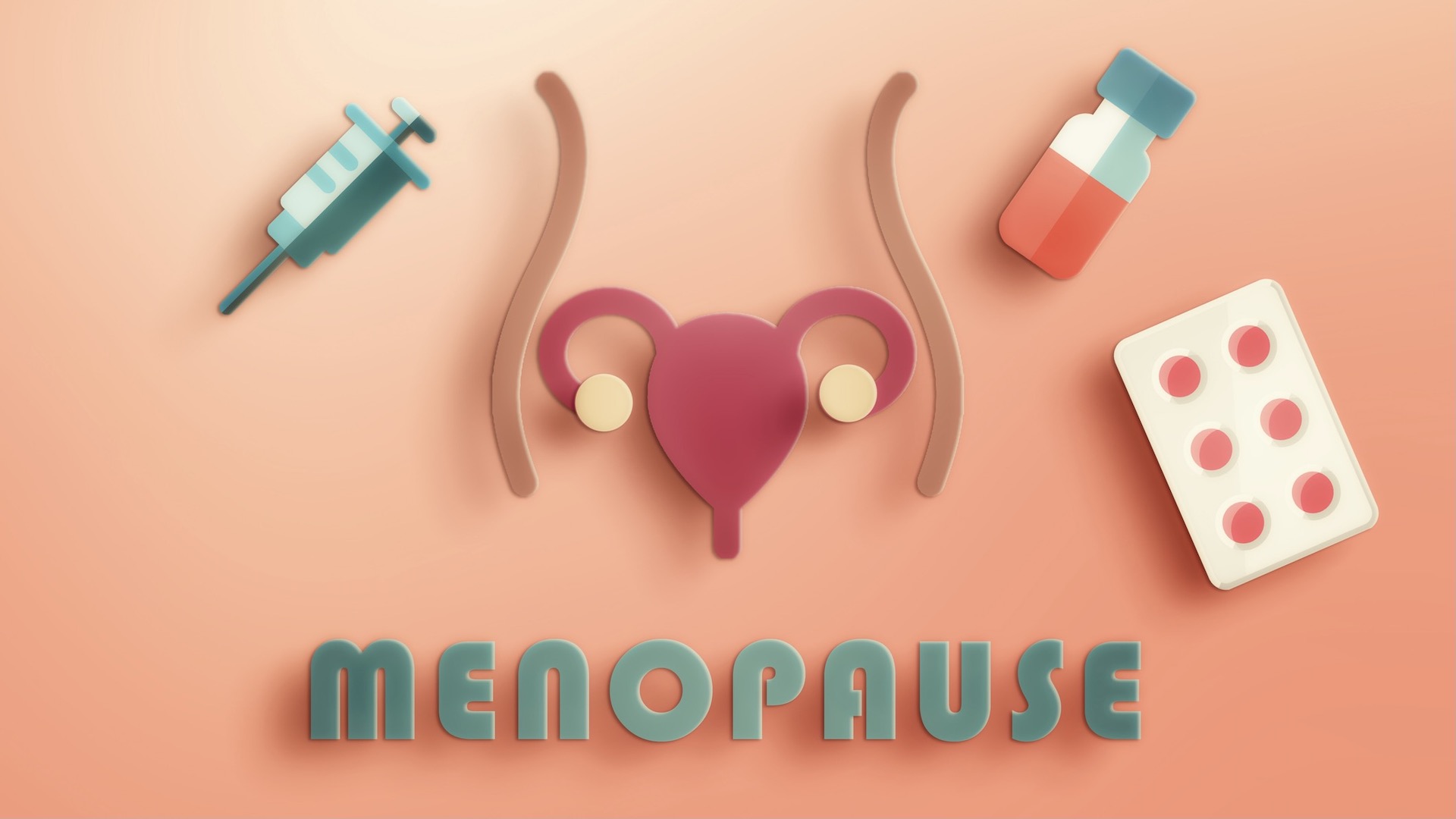
What is menopause?
Menopause is a natural process for all women. It occurs when the ovaries no longer release an egg every month, resulting in the end of the menstrual cycle (periods) and, therefore, reproduction.
At the same time, this causes the hormones oestrogen, progesterone and testosterone, which are produced by the ovaries, to decline.
The oestrogen reduction, which is the main cause of many menopause symptoms, is described as a downhill rollercoaster, in that there are fluctuations in hormone levels over many years and on a downward trajectory.
All the latest inspiration, tips and guides to help you plan your next Advnture!
At the same time, cortisol (stress hormone) levels increase.
In the UK, the average age for a woman to reach menopause is 51 and it is diagnosed as the cessation of menstruation for at least 12 months.
Meanwhile, peri-menopause, which are the years prior to menopause can last around five to 10 years. For most women, symptoms start in early to mid 40s.
Post menopause, the hormones do not return and stay at much lower levels than during the reproductive years.
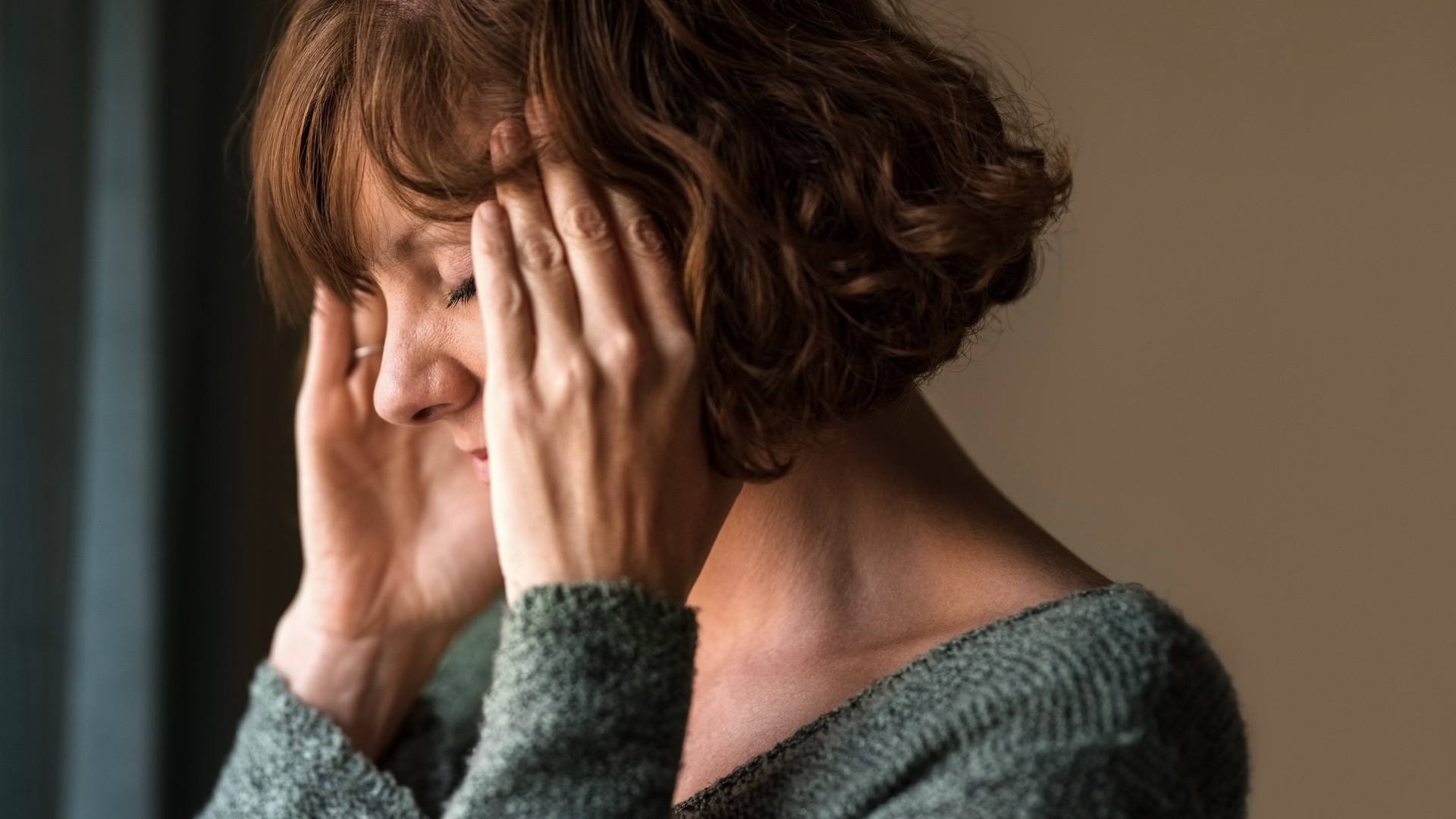
Many, many symptoms of menopause
Symptoms are wide and varied, and while some women experience very few, others suffer with a long list. For runners, there are symptoms that can be debilitating.
Commonly known symptoms include: hot flushes, night sweats, brain fog, memory loss, heavy and irregular periods, mood swings and osteoporosis.
Lesser known symptoms of menopause: anxiety, insomnia, ITUs, itchy skin, migraines, anger, acting out of character, low confidence, hair loss, dry skin, dry eyes and low libido.
For sporty women, menopause symptoms that can be troublesome include: Incontinence, weight gain (often around the middle), reduced metabolism, muscle cramps, muscle loss and weakness, low motivation, joint pain and inflexibility, reduced pace and slower recovery.
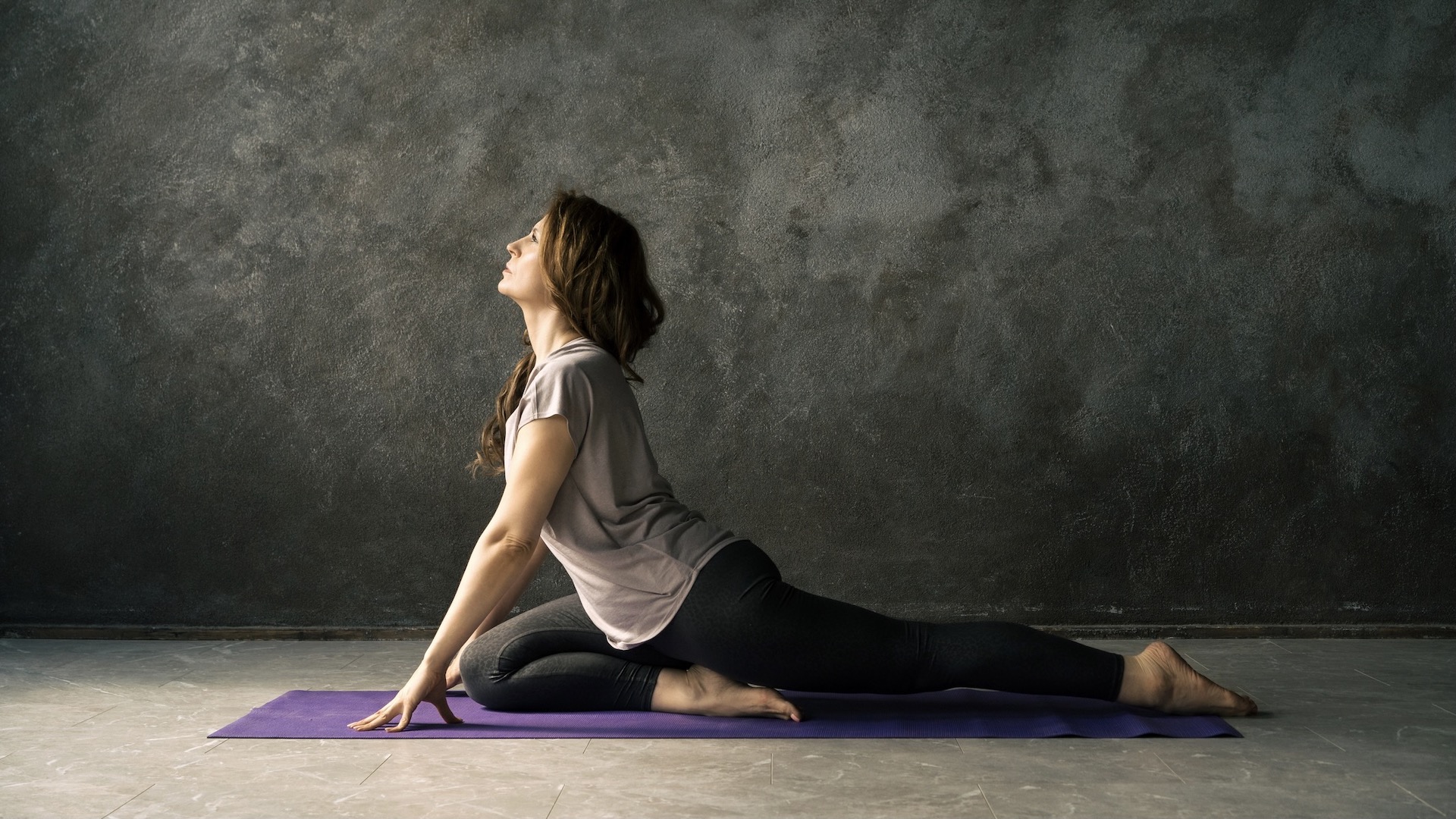
In focus: menopause muscle loss and weakness
From birth and for the first three decades of life, muscles usually grow larger and stronger. But then age takes affect and muscle mass starts to decrease naturally.
If you do not do exercise, muscle mass can decrease by 3% to 5% every decade.
For menopausal women, the story is worse because oestrogen and testosterone deficiencies causes further reduction in muscle. In addition, muscle recovery is slower, especially after injury.
The best way to maintain muscle, or to fight the ageing process, is to keep physically active and to make sure you include strength training as part of your regular exercise programme.
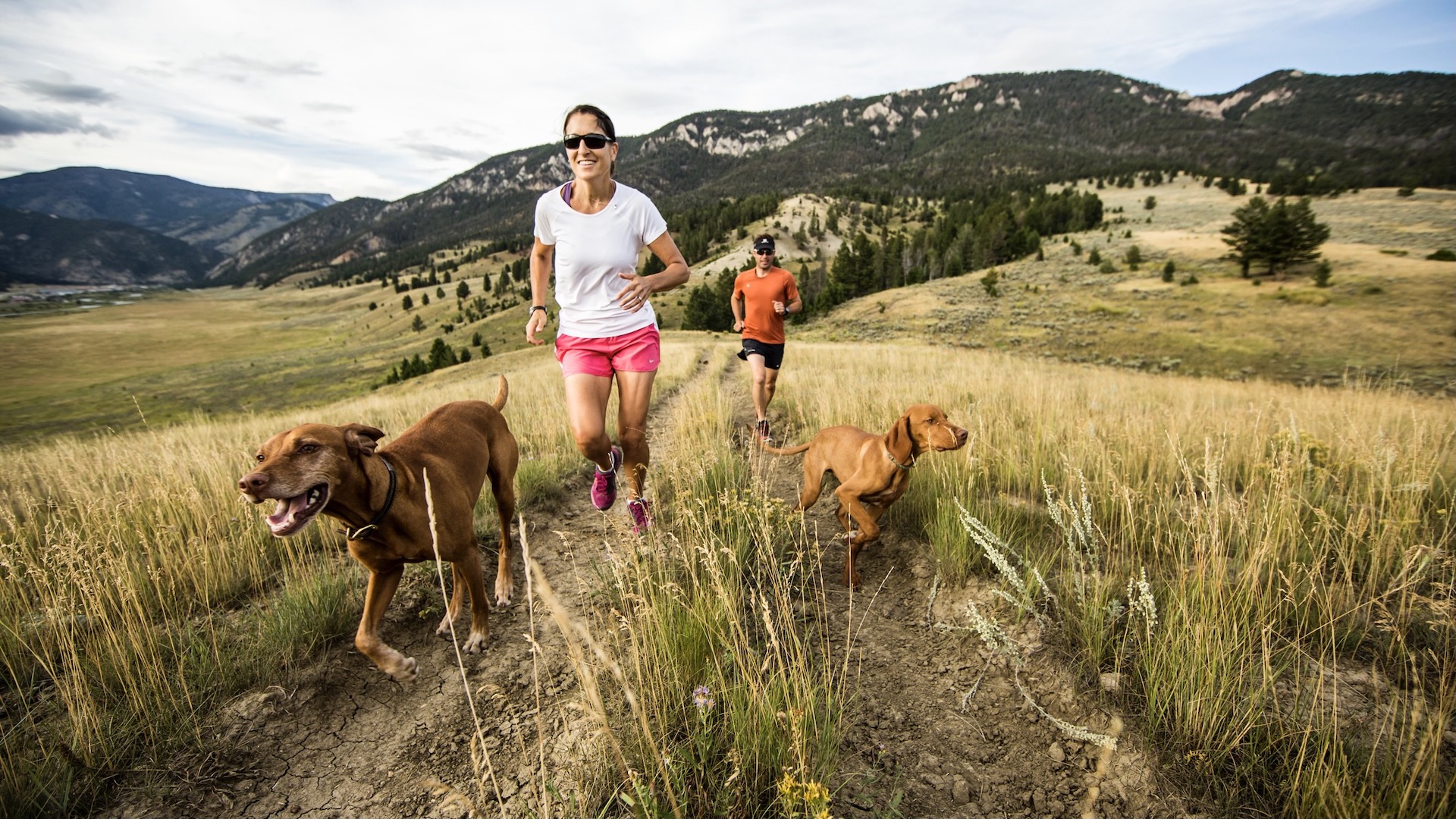
Running and menopause: top tips
Whatever age we are, cardiovascular fitness, as well as muscle strength and flexibility, are important for good health. During the years of peri-menopause, menopause and post-menopause physical fitness is vitally important.
Here are some tips for running during menopause.
HRT (Hormone Replacement Therapy) – not everyone can take HRT but it can be a good solution for many women. HRT, which is a combination of oestrogen and progesterone, doesn’t return hormones to previous levels but in many cases it can help to alleviate symptoms by giving a much-needed boost to hormone levels. To read the UK guidance about HRT see NICE.
Testosterone replacement – there is growing evidence that many women also benefit from testosterone replacement treatments. Read information from the British Menopause Society. As such, there are no treatments for women but it is possible to receive “female doses” of male testosterone replacement. It can be difficult to get a GP prescription for testosterone on the UK so some women seek private help.
Cardio care - cardiovascular exercise is vital for maintaining a healthy weight and also keeping your muscles, bones and joints strong. Running is an excellent form of cardio exercise but it is important to be aware of the impact of running many miles.
Experts advise that women on the menopause years have a day off between tough or long-distance sessions to allow the body to fully recover. In between the harder sessions, you can do an easier run, walking or another form or cardio such as cycling or swimming.
Be kind to yourself – recovery is just as important as exercise. As women age and hormones reduce, they need more time for recovery. Muscles, tendons, joints and collagen require extra time after exercise to repair and recover.
It is a good idea to do gentle exercise or have a rest day between high impact exercise days, such as running. Listen to the body and have a rest if you need it.
Warm up and cool down – More important than ever before, women in the menopause years should make sure they do warm up exercises before running and cool down stretches. This is important to avoid potential injury from tight muscles and joints.
Stay strong – it is important to do at least one session of strength type training each week. This could be a circuits class, body pump, boxing fitness or resistance band training at home.
Plyometrics is another excellent for of strength training that uses speed and force through different movements to build muscle power. This is also a great way to improve bone density. Examples include jumping and bounding, especially if you jump from a height or if you bound and jump on one leg.
Body weight exercises and light to moderate weights will help to maintain muscles. This is vital for good physical health because reduced oestrogen and testosterone will cause a depletion of muscle density.
Flexibility – Pilates and yoga are great additions to a weekly exercise programme. Pilates is a low-impact exercise that aims to strengthen muscles while improving postural alignment and flexibility.
There are many different types of yoga, so choose one that suits you. All yoga is good for maintaining flexibility, especially when oestrogen deletion can cause tighter and stiffer joints and muscles.
Massage – sports massage helps muscles to recover and can potentially guard against injuries caused by over-tight muscles. It’s also a great treat if you have been working hard with your fitness and sport.
Diet dangers - reduced lean muscle leads to lower metabolism, which means it is easier to put on weight. Take care with your calorie intake.
Eat more protein – protein is a useful aid to maintaining lean muscle.
HRT (Hormone Replacement Therapy)
Not everyone can take HRT but it can be a good solution for many women. HRT, which is a combination of oestrogen and progesterone, doesn’t return hormones to previous levels but in many cases it can help to alleviate symptoms by giving a much-needed boost to hormone levels. To read the UK guidance about HRT see NICE.
Testosterone replacement
There is growing evidence that many women also benefit from testosterone replacement treatments. Read information from the British Menopause Society. As such, there are no treatments for women but it is possible to receive “female doses” of male testosterone replacement. It can be difficult to get a GP prescription for testosterone in the UK so some women seek private help.
Cardio care
Cardiovascular exercise is vital for maintaining a healthy weight and also keeping your muscles, bones and joints strong. Running is an excellent form of cardio exercise but it is important to be aware of the impact of running many miles.
Experts advise that women on the menopause years have a day off between tough or long-distance sessions to allow the body to fully recover. In between the harder sessions, you can do an easier run, walking or another form or cardio such as cycling or swimming.
Be kind to yourself
Recovery is just as important as exercise. As women age and hormones reduce, they need more time for recovery. Muscles, tendons, joints and collagen require extra time after exercise to repair and recover.
It is a good idea to do gentle exercise or have a rest day between high impact exercise days, such as running. Listen to the body and have a rest if you need it.
Warm up and cool down
More important than ever before, women in the menopause years should make sure they do warm up exercises before running and cool down stretches. This is important to avoid potential injury from tight muscles and joints.
Stay strong
It is important to do at least one session of strength type training each week. This could be a circuits class, body pump, boxing fitness or resistance band training at home.
Plyometrics is another excellent for of strength training that uses speed and force through different movements to build muscle power. This is also a great way to improve bone density. Examples include jumping and bounding, especially if you jump from a height or if you bound and jump on one leg.
Body weight exercises and light to moderate weights will help to maintain muscles. This is vital for good physical health because reduced oestrogen and testosterone will cause a depletion of muscle density.
Flexibility
Pilates and yoga are great additions to a weekly exercise programme. Pilates is a low-impact exercise that aims to strengthen muscles while improving postural alignment and flexibility.
There are many different types of yoga, so choose one that suits you – our guide to yoga stretches for runners should help. All yoga is good for maintaining flexibility, especially when oestrogen deletion can cause tighter and stiffer joints and muscles.
Massage
Sports massage helps muscles to recover and can potentially guard against injuries caused by over-tight muscles. It’s also a great treat if you have been working hard with your fitness and sport.
Diet dangers
Reduced lean muscle leads to lower metabolism, which means it is easier to put on weight. Take care with your calorie intake.
Eat more protein
Protein is a useful aid to maintaining lean muscle.
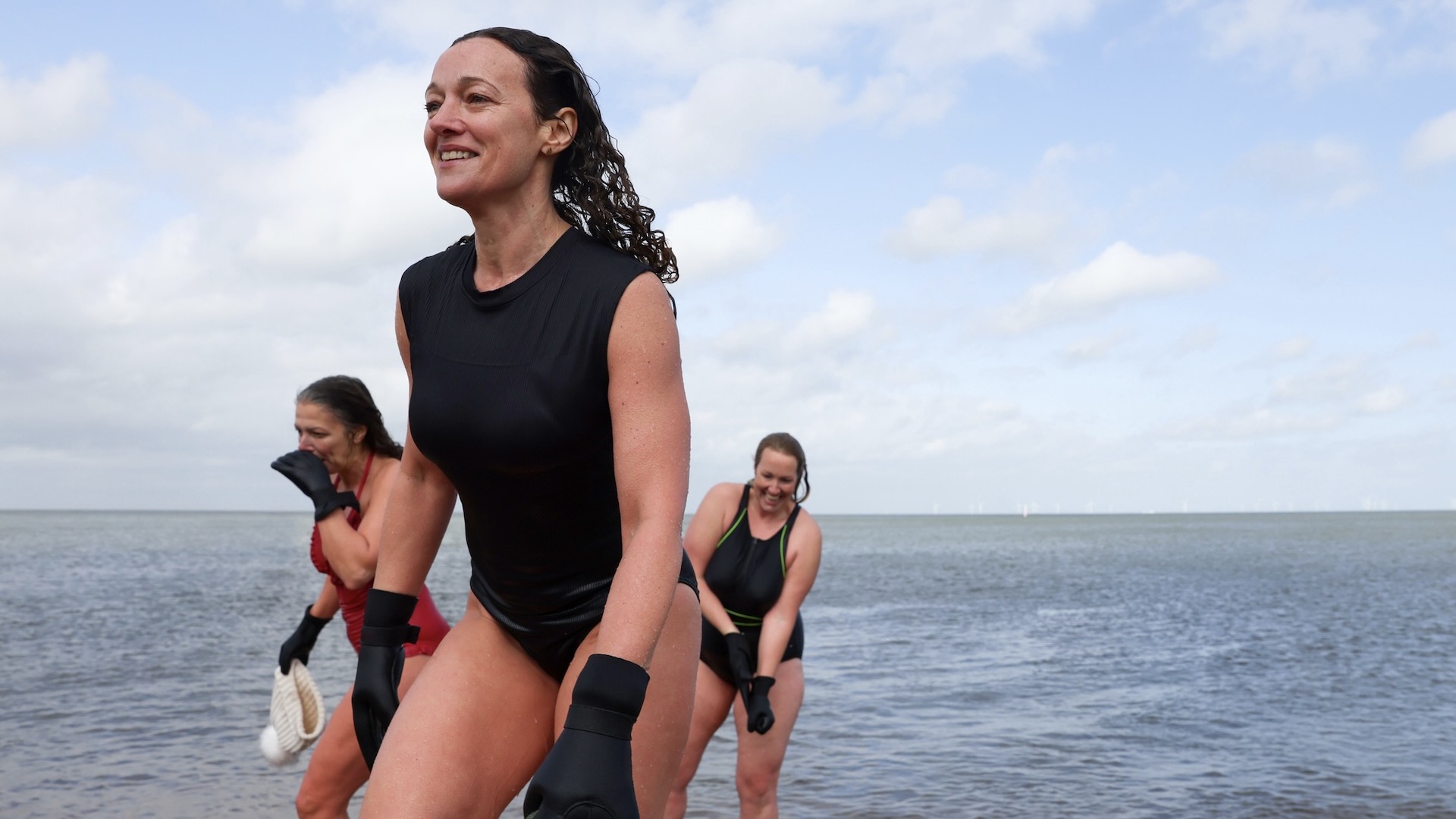
More tips on keeping running through menopause
Start easy
Many female runners going through the menopause years will have periods where they give up. This could be due to joint pain, weight gain, muscle cramps or a loss of motivation.
When returning, take small steps and try not to worry about how far or fast you used to run. The fitness will return but it is better to build up in smaller steps.
Join a running club
You are far more likely to run if you are part of a friendly club.
Don’t worry about speed – it is better to be out running than sat at home worrying you will be too slow. Aim for a slower steadier pace. Many women have to adjust their mindset about their speed of running and this can be hard if you used to be very competitive. Think about your speed for your age, rather than what you used to do.
Try something new
If you used be a keen 10k runner, why not give longer distances, such as ultra running, a try? If you have always been a road runner, why not give trail running a try? You could incorporate running into a new challenge, such as triathlon or run-swim events. Many women also say they find benefits from regular open water swimming,
Feel the mental health benefits
Running is a great way to help with menopause symptoms such as anxiety. Even just a 15-minute run in day-light can work wonders for you mental health.
Likeminded friends
Mmake friends with people who enjoy running. Even better still, make friends with women who are at a similar phase in life. Friends will be a huge aid to your ability to keep on running with menopause.
For example, if you make a date to run with a friend, you are more likely to go. If you need to stop for a pee – urgent needs for the toilet can be an issue in the menopause years – it's easy to tell a friend.
You can also share how you feel with your friend and if you want a gentler outing than planned or you need to walk when you might normally run, just confide in them. A good friend will run with you, not against you.
Keep talking
Tell your partner and friends how you feel. It is good to share information about the peri and menopause, both to women and men and to people of all ages. The more people know, the more they will be prepared.
Confidence boosters
Many women in the menopause years and post-menopause worry about incontinence, an unexpected period, or how they look. It could be a good idea to change your sports underwear, for example, you could wear "period pants" or add a pad to supportive pants.
Looser fitting sports clothing might give you confidence, or how about a skort as a great cover up?
Menopause is a fact of life and it will affect each woman differently, but staying fit can help with many symptoms.

Fiona Russell is a widely published adventure journalist and blogger, better known as Fiona Outdoors. She is based in Scotland and is an all-round outdoors enthusiast with favorite activities including trail running, mountain walking, mountain biking, road cycling, triathlon and skiing (both downhill and backcountry). Aside from her own adventures, Fiona's biggest aim is to inspire others to enjoy getting outside and exploring, especially through her writing. She is also rarely seen without a running skort! Find out more at Fiona Outdoors.
